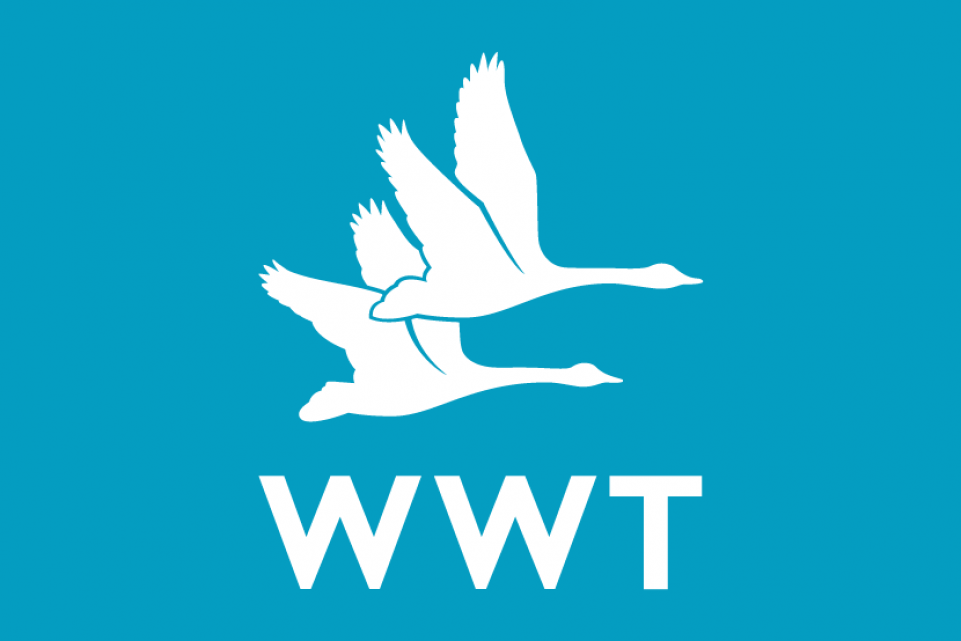Richard Blyth, Head of Policy, Royal Town Planning Institute.
The Government has committed itself to leaving our environment in a better state. The Environment Bill includes a framework for setting environmental targets to improve the environment. In reality, improving the natural environment and many aspects of sustainability depend on local decision-making, as well as on local preferences, investment, action and collaboration. The value and cost - as well as the appropriate nature - of measures also depends heavily on geographical context: for example, to mitigate flood risk, enhance wildlife and greenspace or improve air quality. Therefore, the commitment cannot be met without a coherent framework for planning location-specific improvements.
The experience of the last year (2020) has placed much greater focus on the need for access to nature to be available to all, regardless of where they live. This has put a much greater emphasis on the need to look after all our nature assets, not just those in highly prized and protected settings. There needs to be a move away from just conserving the best to ensuring the recovery of the worst.
There are already many local instruments and plans for the environment, for example Air Quality Action Plans, Catchment Management Plans, Shoreline Management Plans etc. Many of these are led by national agencies which creates challenges such as:
- single issue streams of finance made available, so plans are normally administered and financed separately rather than in an integrated way, enabling coherent investment across multiple benefits.
- this often results in:
- treating connected issues like water availability and quality, soil quality, flood mitigation, biodiversity and habitats separately
- short decision timeframes rather than long term stability reflecting the long-term nature of environmental challenges
- notable gaps - in particular a clear basis to plan for nature’s recovery
- are distant from and unaccountable to local people
- are separate from local plans which make critical decisions on land use
- the environmental dimension is often introduced late in the day as a source of conflict rather than providing the strategic predictability to build solutions in at design stage
- do not cater for new measures such as biodiversity net gain and the new Environmental Land Management scheme
Collectively local activity and investment (for example on housing, infrastructure, water management) will only contribute positively to the ambition to leave the environment in a better state if there is a shared spatial framework for improving local environments. The current Environment Bill proposes “Local Nature Recovery Strategies” (LNRS) to be prepared by local authorities and funded as a “new burden”. However, LNRSs risk introducing a new silo in an already piecemeal landscape of environmental plans, without providing clear direction for economic decision-making.
So, what should we be aiming for? In the longer term, the aim should be to get Local Nature Recovery Strategies to coherently cover the whole environment (including for example, water, flooding, soil and air quality) incorporating existing mechanisms into one coherent approach. Perhaps they might then logically adopt a new title: Local Environment Improvement Plans.
This article is from our Local Path to Net Zero series.

